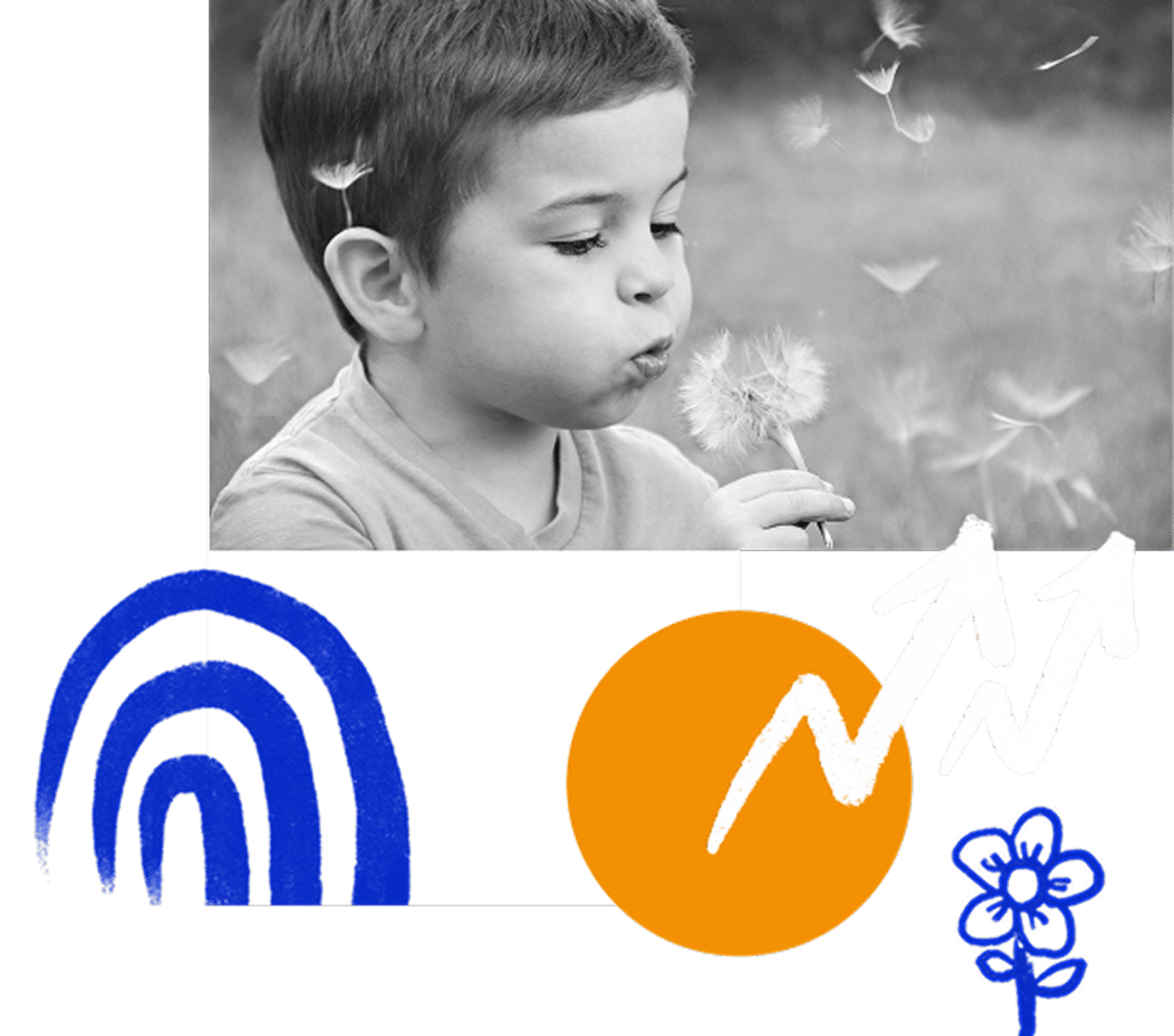Why it works
- Matches content and experiences to real developmental needs
- Supports fandom experiences that grow with the child
What do watch out for
- Requires deeper research into child development
- Doesn’t align neatly with age-based systems used in school, media ratings, or retail
Who should use it
Teams aiming to build cross-age fandoms. Developmental segmentation helps you adapt your product or storytelling approach so kids of different abilities can connect with the same world—each in their own way.
Example
Space Jam (Warner Bros) and Ninjago (LEGO) both create accessible entry points into rich fandoms. These franchises have a dynamic visual style, language, and character-led storytelling that younger kids can connect with, whilst offering the depth and complex narratives that engage older fans.
Tip
Don’t stop at cognitive or physical development. Social and emotional skills are just as important. They shape how kids express emotions, build friendships, relate to family, and connect with fandoms in the first place.









